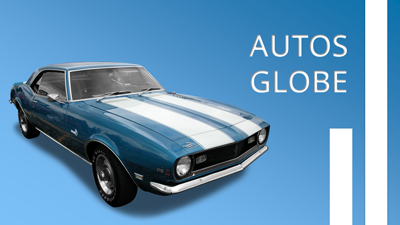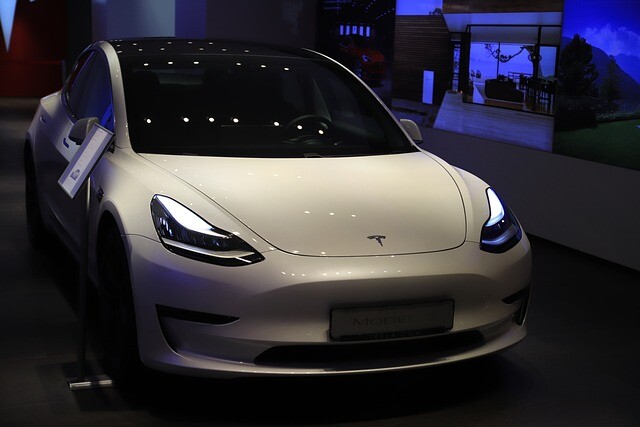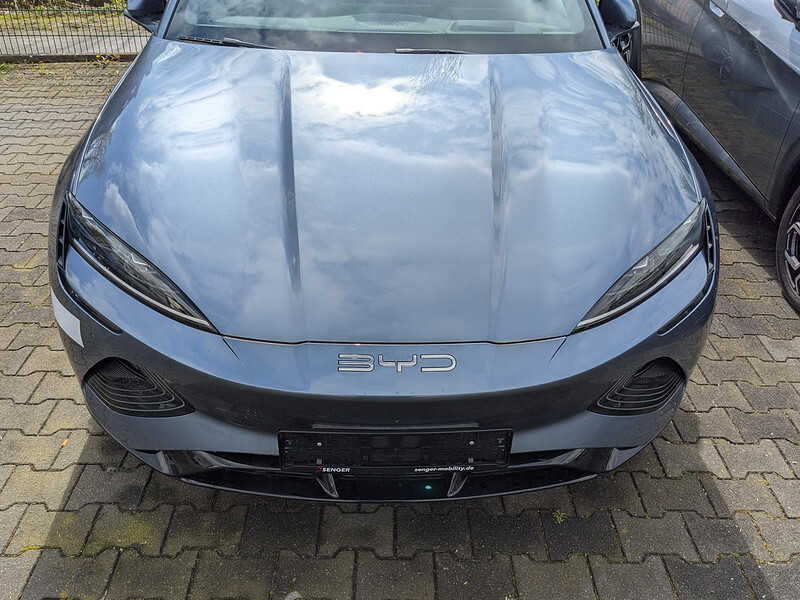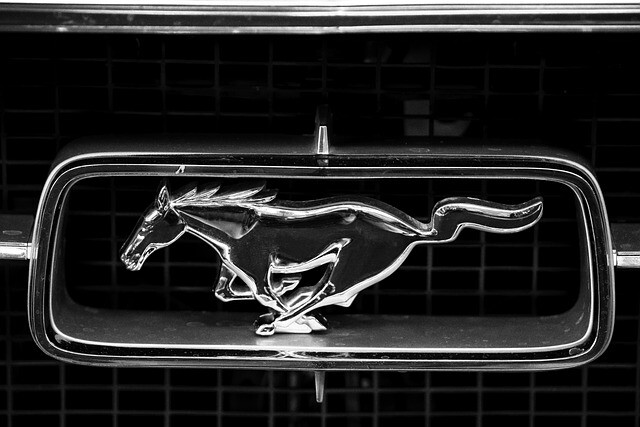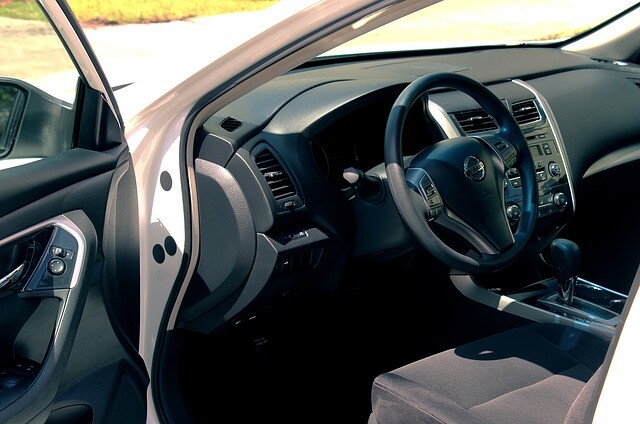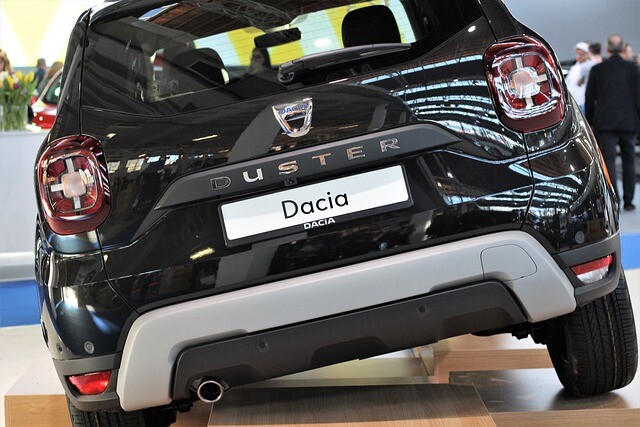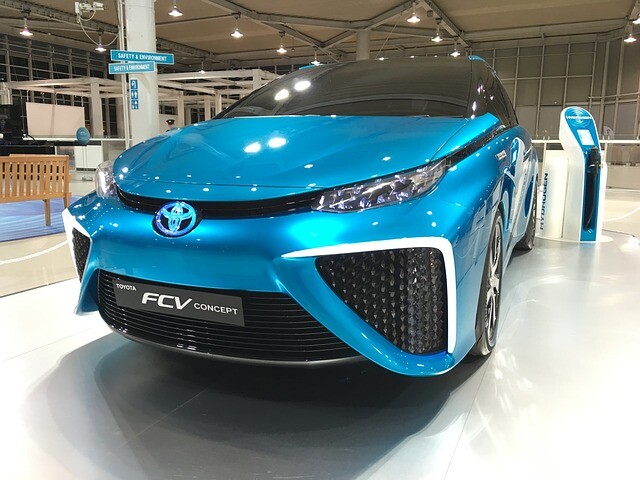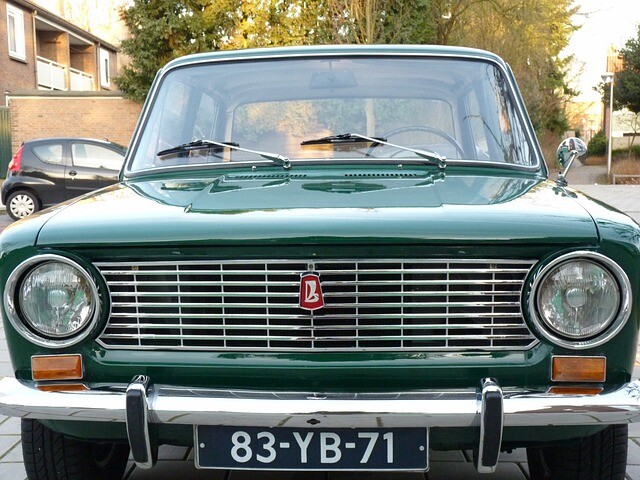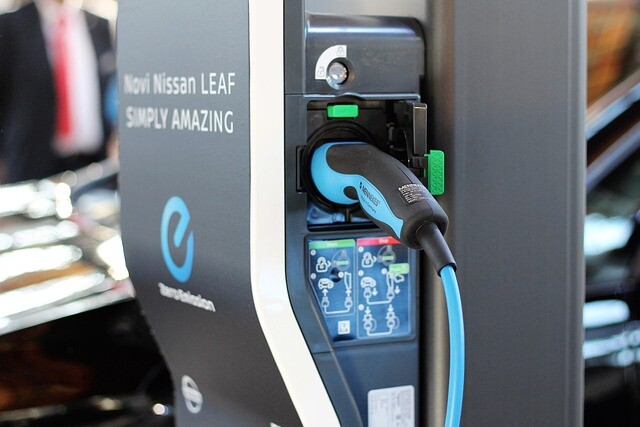The manufacturer refers at length to the great Italian architects and stylists of the past, but in the end only admits that the inspiration came from the monster that Cadillac had even built for President Barack Obama and that is indeed called the Beast by insiders.
It became a strange Italian vehicle
An Italian manufactory called Aznom presented a luxury belly with a raised belly. The figures are impressive, the technical kinship is disappointing, the design outrageous.
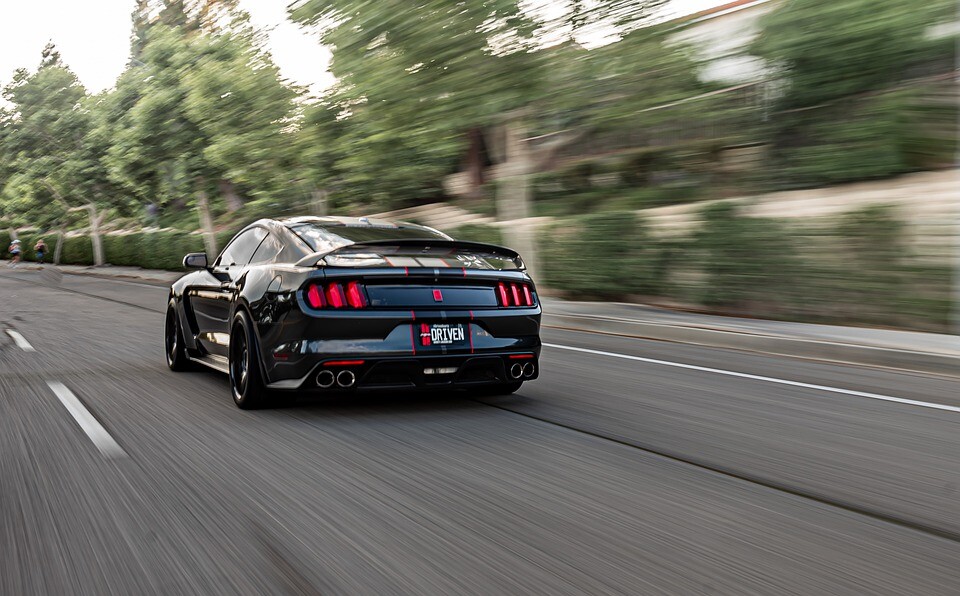
If we ever list the hundred most beautiful Italian cars of all time, it is unlikely that the Aznom Palladium will get a place on the list. The most beautiful thousand? Let’s not joke… We can’t list so many Italian cars (in other words, we can’t have so many cars) that the 596 cm long, 209 cm wide, 197 cm high giant can comfortably fit among the aesthetically pleasing models.
Not only in its brutal shapes, bulky proportions, and exaggerated size, the Palladium is reminiscent of a Monster, but also in the fact that the technique of a truck lurks beneath the ostentatious body plates. It is already suspicious from a profile that we have a planted, shortened pickup in front of us, but looking at the dashboard, all doubts go away: it is a RAM 1500 pickup, which has an Italian aspect, as it is made by the Fiat Chrysler Group.
The engine, by definition, is the largest in the series, a 5.7-liter V8 equipped with a turbocharger by Italian engineers, giving it a power output of 710 horsepower and a maximum torque of 950 Nm. From a standstill, the car accelerates to 100 km / h in 4.5 seconds and has a top speed of 210 km / h.
With its chassis structure, adaptive shock absorbers seek to match the suspension comfort expected of luxury sedans. As for the practicality, it is doubtful. The trunk is a 610-liter, long and flat drawer, and the huge rear sofa not only lacks any side support, but also has no armrest in the middle - though, a drink holder can be pulled out from under the two side armrests. In the continuation of the floor console we find a champagne cooler, above it two crystal glasses. Notable features of the rear tract include a separate air conditioner, a pull-out gold watch that can be brought into the apartment (really), and a craft umbrella delivered to Aznom by Francesco Maglia’s workshop in Milan.
(Source: vezess.hu / photo: pixabay.com)
